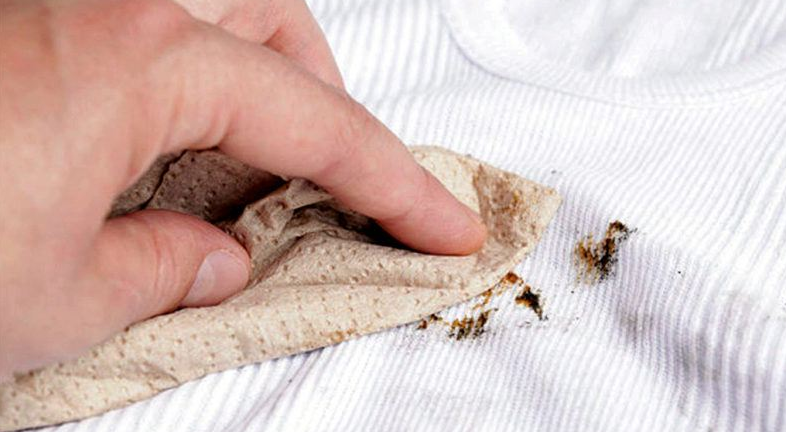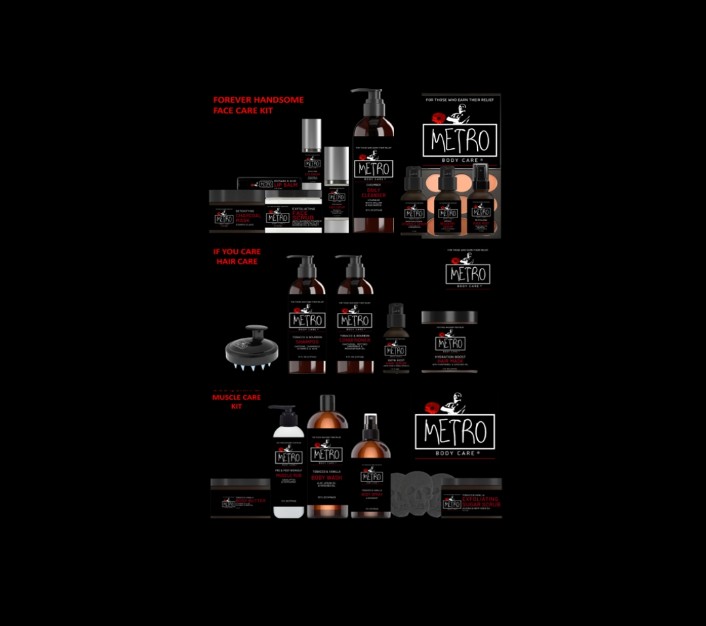The exterior of a home does more than set the tone for curb appeal—it serves as the first line of defense against weather, wear, and time. Whether you’re building from the ground up or refreshing an older property, selecting the right materials for your exterior is a decision that balances function, aesthetics, and long-term durability.
From roofing and siding to windows and trim, every component contributes to both the style and the structural integrity of your home. The right combination of materials can elevate your home’s look while protecting it from the elements for years to come.
This article walks you through the essential exterior material choices and how to approach them with confidence, especially if you’re aiming to create a distinctive, customized appearance with lasting performance.
Roofing: The Crown of Your Home
Your roof is one of the most visible and critical elements of the home exterior. It must withstand harsh sun, wind, rain, and—depending on your region—snow or hail. Beyond protection, the right roofing material can define the character of your home, complement your siding and windows, and impact energy efficiency.
Common Roofing Materials:
- Asphalt Shingles: Affordable and versatile, they come in various colors and styles. Ideal for many home designs but have a shorter lifespan compared to premium materials.
- Metal Roofing: Known for longevity and energy efficiency, metal is excellent for shedding snow and resisting fire but comes with a higher upfront cost.
- Clay or Concrete Tile: Offers exceptional durability and a classic aesthetic, especially for Mediterranean or Southwestern homes. These are heavier materials that may require reinforced framing.
- Synthetic Options: Newer products that mimic natural materials like slate or wood shakes, combining aesthetic appeal with lighter weight and improved resistance.
When choosing roofing, consider both function and form. Think about local weather conditions, color harmony with other exterior elements, and long-term maintenance.
Siding: Style and Protection in One
Siding protects the structure of your home while defining its overall look. The color, texture, and pattern of siding contribute heavily to first impressions and can significantly impact resale value.
Common Siding Types:
- Vinyl Siding: Low maintenance and cost-effective, vinyl is available in a wide range of colors and profiles. It resists moisture and insects but may fade or crack over time in extreme conditions.
- Fiber Cement: Offers the look of wood with superior durability. It’s fire-resistant, insect-proof, and available in many finishes. However, it can be more labor-intensive to install.
- Engineered Wood: A more affordable alternative to real wood, engineered wood siding provides a traditional aesthetic with improved resistance to pests and decay.
- Metal Siding: Durable and increasingly popular in modern or industrial home designs. It resists rot and can create striking contrasts when paired with natural materials.
If you’re aiming for a bold and personalized appearance, combining materials—such as horizontal lap siding with stone veneer or board-and-batten with metal panels—can help create stunning custom exteriors.
Windows: Letting Light In Without Letting Energy Out
Windows play a dual role in exterior design: they shape the look of your home and directly impact energy efficiency, comfort, and even noise levels indoors. Choosing the right style and material can lower utility bills and boost your home’s visual appeal.
Key Considerations:
- Frame Material: Vinyl, wood, aluminum, and fiberglass all offer different performance and price points. Vinyl is low maintenance and cost-efficient, while wood provides a classic, warm aesthetic with higher upkeep.
- Glass Options: Double-pane or triple-pane glass enhances insulation. Look for Low-E coatings to reflect UV rays and reduce energy transfer.
- Window Style: Casement, awning, picture, and double-hung windows all serve different visual and functional needs. Match the style to your architectural theme for the most cohesive look.
Well-placed windows bring in natural light, improve airflow, and highlight exterior features. They also contribute to the harmony between your siding and roofing for a polished final design.
Trim, Fascia, and Accents: The Finishing Touches
Once the primary elements are selected, it’s the details—trim, fascia, soffits, and other architectural accents—that elevate the exterior from standard to customized. These details frame windows, emphasize roof lines, and tie design themes together.
Material Choices:
- PVC or Composite Trim: Durable and moisture-resistant, often used in high-humidity or coastal areas.
- Wood Trim: Offers a timeless look but requires painting or sealing to prevent rot.
- Metal Accents: Aluminum or steel trim can enhance modern aesthetics and improve longevity.
Choosing the right color for trim and accents is just as important as the material itself. Contrast creates visual interest, while monochromatic palettes offer a sleek, unified appearance.
Custom Exteriors: Blending It All Together
A cohesive and high-performing exterior doesn’t come from any one material—it comes from thoughtful integration. That’s where custom exteriors make the difference.
Designing a custom exterior allows you to choose materials that not only complement each other aesthetically but also support your climate and lifestyle. For example, combining fiber cement siding with standing seam metal roofing and energy-efficient windows can yield a contemporary look with low upkeep.
Custom exteriors also account for your home’s orientation, surrounding landscape, and architectural style. Whether you want a farmhouse-inspired façade or a clean-lined modern elevation, your material choices are the foundation of that identity.
Builders like KaDi Construction Group often work with homeowners to help navigate these choices, ensuring your finished project blends performance with personality.
Practical Tips for Material Selection
- Consider Your Climate: Harsh winters, coastal air, or high humidity can all affect the performance of certain materials. Choose accordingly.
- Balance Cost and Longevity: Spending more upfront on durable materials can reduce future repair or replacement costs.
- Think About Maintenance: Some materials age better than others. Know what you’re committing to in terms of upkeep.
- Check Warranty Terms: Different products offer varying warranties—understand what’s covered and for how long.
- Harmonize Aesthetics: Use color palettes and textures that coordinate across elements for a unified exterior look.
Conclusion
Choosing exterior materials is a process that blends aesthetics, performance, and budget. From roofing and siding to windows and architectural accents, every choice contributes to how your home looks, feels, and lasts.
Custom exteriors allow for tailored solutions that reflect your vision while withstanding the test of time. With planning and input from professionals like KaDi Construction Group, homeowners can create stunning, functional designs that elevate curb appeal and confidence in equal measure.
The right materials aren’t just about looks—they’re about lifestyle, longevity, and legacy.




